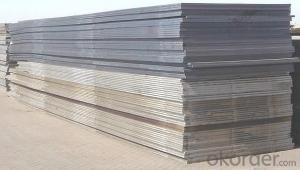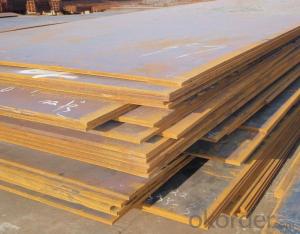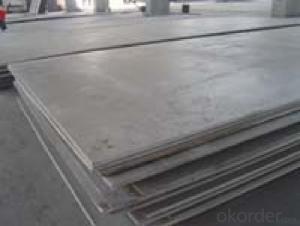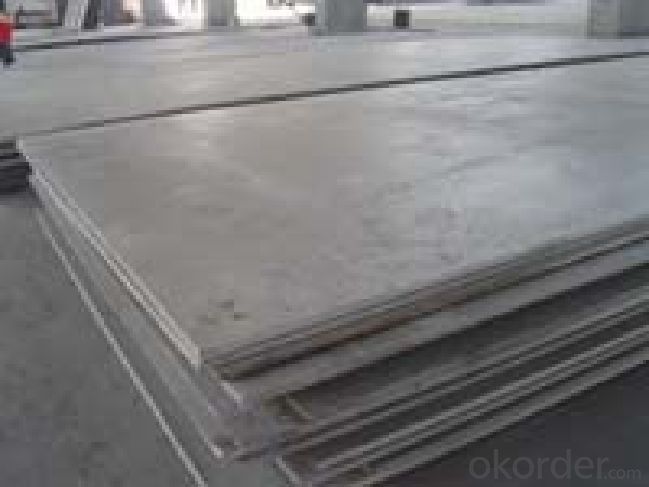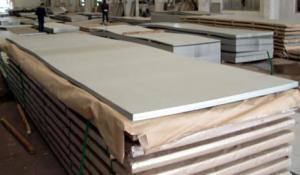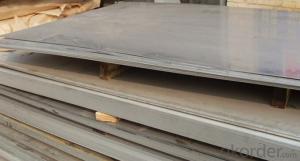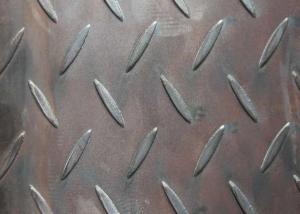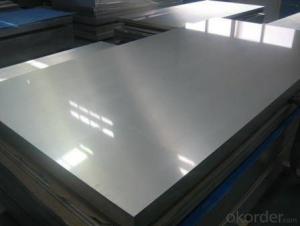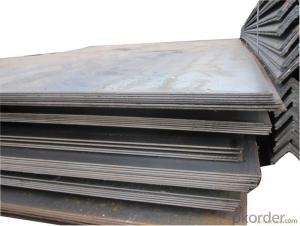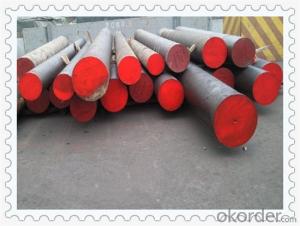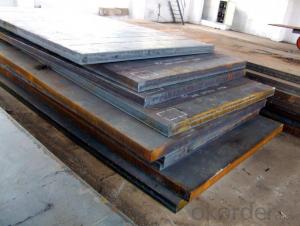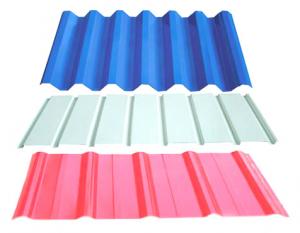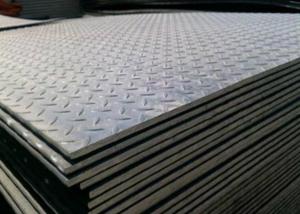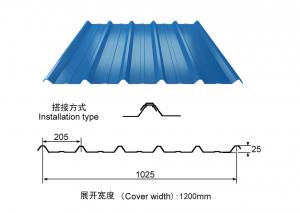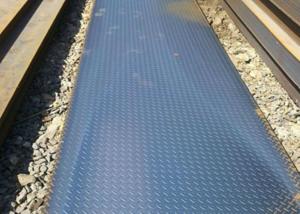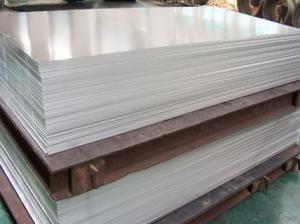Carbon Structural Steel plate
- Loading Port:
- China Main Port
- Payment Terms:
- TT OR LC
- Min Order Qty:
- -
- Supply Capability:
- -
OKorder Service Pledge
OKorder Financial Service
You Might Also Like
Introduction
Ordinary carbon structural steel and ordinary carbon steel. The carboncontent of less than 0.25% 0.06-0.22%, the most commonly used. Belongs to the low carbon steel, in each metal steel grades, minimum yield point thickness is less than 16mm. Compared with high-quality carbon structural steel, carbon content, performance and phosphorus, sulfur and other residual element content range. Provide security conditions in the China and some countries,ordinary carbon steel is divided into three categories: Steel (Xing Gang), only to ensure that the mechanical properties, does not guarantee the chemical composition, type B steel (B steel), only to ensure that the chemical composition, does not guarantee the special mechanical properties; steel(steel). Not only guarantee the chemical composition and mechanical properties, guarantee. Manufacturing structural components often used in special steel is very important..
Component is mainly used for the production of carbon structure steel structure engineering. It is commonly used to supply conditions, high sulfur,phosphorus content in steel, allows up to 0.050% and 0.045% respectively.Steel accounted for a larger proportion, total output in this steel.
3 application of this kind of steel from oxygen converter, open hearth furnaceor electric furnacesmelting, hot rolled steel, steel strip, the general part and bar. Plate usually volume (including control rolling) or normalizing treatment delivery. The chemical composition of the steel, mechanical properties, andbendingperformance shall comply with the relevant provisions.
In the Chinese national standard GB700-88 steel according to yield values are divided into 5 grades, and by mass is divided into 4 level. With the letter Qsymbol level, yield, yield value, quality rating symbol, consisting of 4 parts of the deoxidation method according to the order of.
The scope of application of this kind of steel is very extensive, mainly used for welding, riveting or steel structural bolts, minority is producing all kinds of machinery parts. Q195, and low strength of Q215 steel, the production of low carbon steel wire. Stainless steel wire mesh, the roof plate, welded steel pipe,anchor bolts and rivets etc.. Q235 steel of moderate intensity, and has good plasticity and toughness, easy forming and welding. This steel usually used for reinforcing steel structure, also used as a rivet, a railroad spike and variousmechanical parts, such as bolts, connecting rod, connecting rod. 255, Q275 high strength steel used in agricultural machinery production, can also be used as reinforcement of railway fishplate.
According to the special requirements for steel performance in some industries, for ordinary carbon structural steel composition adjustment and a series of professional steel after forming, such as cold heading steel, bridge steel, pressure vessel steel, steel, steel for boiler. In addition to the chemical composition of the strict control of steel used, so that the performance of the conventional, but also provides some special inspection of the project, such as low temperature impact toughness, aging sensitivity, gas in steel, inclusions and fracture etc..
Overview of Q235A features and scope of applications: Q235A toughness and the plasticity is good, have certain elongation, has good welding properties and hot workability. Q235A is generally used in hot rolling state, with steel, the rolling steel, steel plate, steel pipe can be used for welded structures, bridges and generally not important machine parts manufacturing all kinds of, such as bolts, rivets, rings and connecting rod, etc..
Said method: the symbolic quality rating symbol + deoxidation method of Q+ digital + composition. Its steel dubbed "Q", representing the yield point of steel, behind the figures to show that the yield point value units are MPa Q235 says such yield point (s) of carbon structural steel, 235 MPa. The necessary grades can be followed Mark said quality grade and deoxidizing method symbol. Quality level symbols are for A, B, C, D. Deoxidation method symbol: F said rimming steel;
B said semi killed steel: Z said calm steel; TZ said special calm steel, steel standard symbols not calm, namely Z and TZ are not standard. For example, Q235-AF said a rimmed steel. Carbon steel specially uses, such as for bridge steel.
- Q: Are the steel sheets resistant to graffiti or vandalism?
- Yes, steel sheets are typically resistant to graffiti and vandalism due to their durable and non-porous surface, making it difficult for paint or markers to adhere to them.
- Q: Are steel sheets suitable for exterior facade systems?
- Yes, steel sheets are suitable for exterior facade systems. Steel is a durable and resilient material that can withstand harsh weather conditions and provide structural stability. It is also highly customizable, allowing for various design options. Additionally, steel sheets offer fire resistance and low maintenance requirements, making them a popular choice for exterior facades.
- Q: Can steel sheets be used for water tanks or storage containers?
- Water tanks or storage containers can indeed utilize steel sheets. Steel, being a strong and durable material, can withstand the pressure and weight involved in holding water or storing different substances. Its resistance to corrosion, ability to maintain structural integrity, and ease of maintenance make it a popular choice for constructing water tanks and storage containers. Steel sheets can be shaped and sized to meet specific needs, making them adaptable for various purposes. Moreover, steel's recyclable nature contributes to its sustainability and environmental advantages.
- Q: Can steel sheets be used for magnetic applications?
- Indeed, magnetic applications can make use of steel sheets. However, it should be noted that not all steel types possess magnetic properties. Steel can be divided into two primary categories: ferromagnetic and non-ferromagnetic. Ferromagnetic steel comprises iron, nickel, and cobalt, which are materials capable of being magnetized. Conversely, non-ferromagnetic steel lacks these materials and is not magnetic. Ferromagnetic steel sheets find widespread application in magnetic uses such as transformers, motors, generators, and magnetic shielding. These sheets are preferred due to their ability to efficiently conduct and amplify magnetic fields. On the other hand, non-ferromagnetic steel sheets, while not magnetic themselves, can still be employed in magnetic applications as structural components or as part of a magnetic system where the magnetic field requires control or manipulation. When selecting steel sheets for magnetic applications, careful consideration must be given to the specific magnetic properties required for the intended use, and the appropriate type of steel should be chosen accordingly.
- Q: Are steel sheets suitable for flooring applications?
- Yes, steel sheets are suitable for flooring applications. Steel sheets offer many advantages that make them an ideal choice for flooring. Firstly, steel sheets are extremely durable and can withstand heavy loads and high foot traffic. They are resistant to wear and tear, making them long-lasting and cost-effective in the long run. Additionally, steel sheets are fire-resistant, which enhances the safety of the flooring. They are also resistant to moisture, making them suitable for areas with high humidity or where water may be present. Furthermore, steel sheets are easy to clean and maintain, requiring minimal effort and cost for upkeep. They are available in a variety of sizes, thicknesses, and finishes, allowing for customization to suit different flooring requirements. Overall, steel sheets offer a strong, durable, and versatile flooring option that can be used in various applications, including industrial, commercial, and residential settings.
- Q: Can steel sheets be used for fire-rated doors?
- Fire-rated doors can indeed utilize steel sheets. In fact, steel is extensively employed in the creation of fire-rated doors due to its exceptional strength, longevity, and fire-resistance characteristics. Generally, steel sheets employed in fire-rated doors are crafted with multiple layers of fire-resistant substances, like gypsum or mineral core, which are placed between the steel sheets. This method of construction effectively impedes the propagation of fire and smoke, ensuring a dependable barrier in case of a fire. Furthermore, steel is renowned for its structural integrity, rendering it an appropriate option for fire-rated doors that must endure elevated temperatures and pressure.
- Q: Are the steel sheets resistant to impact or bending?
- In general, steel sheets display resistance to both impact and bending. Steel possesses exceptional strength and durability, rendering it less susceptible to external forces like impacts or bending. This is attributed to the material's capacity to absorb and disperse applied energy, leading to minimal deformation or harm. Nevertheless, the extent of resistance to impact and bending may fluctuate based on factors such as sheet thickness, steel type, and any supplementary treatments or coatings that have been applied.
- Q: Is 5mm thick steel plate tapping M8 thread reliable?
- The pitch of the M8 is 1.25, it can attack 4 teeth. The force of the thread is 4-5 teeth. The bottom is not greater than 6.7mm, 8.8 plus elastic pad bolt.
- Q: Are steel sheets available in different grades of stainless steel?
- Yes, steel sheets are available in different grades of stainless steel.
- Q: Are the steel sheets resistant to scratching or abrasion?
- Yes, steel sheets are generally resistant to scratching and abrasion due to their durability and hardness.
Send your message to us
Carbon Structural Steel plate
- Loading Port:
- China Main Port
- Payment Terms:
- TT OR LC
- Min Order Qty:
- -
- Supply Capability:
- -
OKorder Service Pledge
OKorder Financial Service
Similar products
Hot products
Hot Searches
Related keywords
